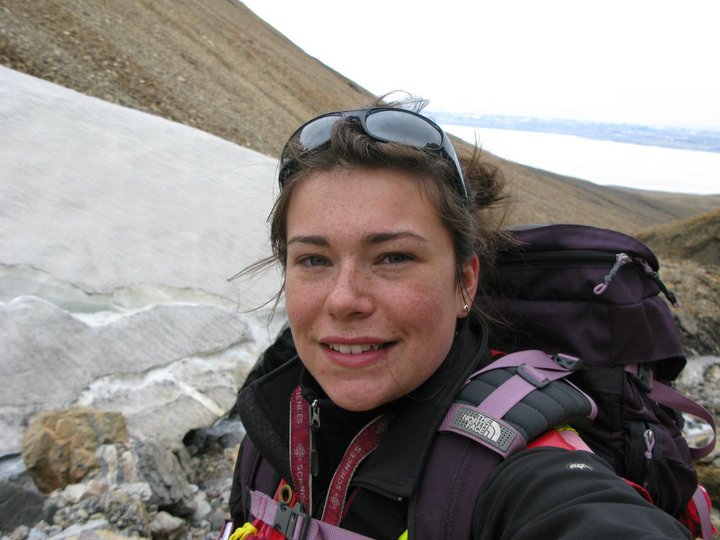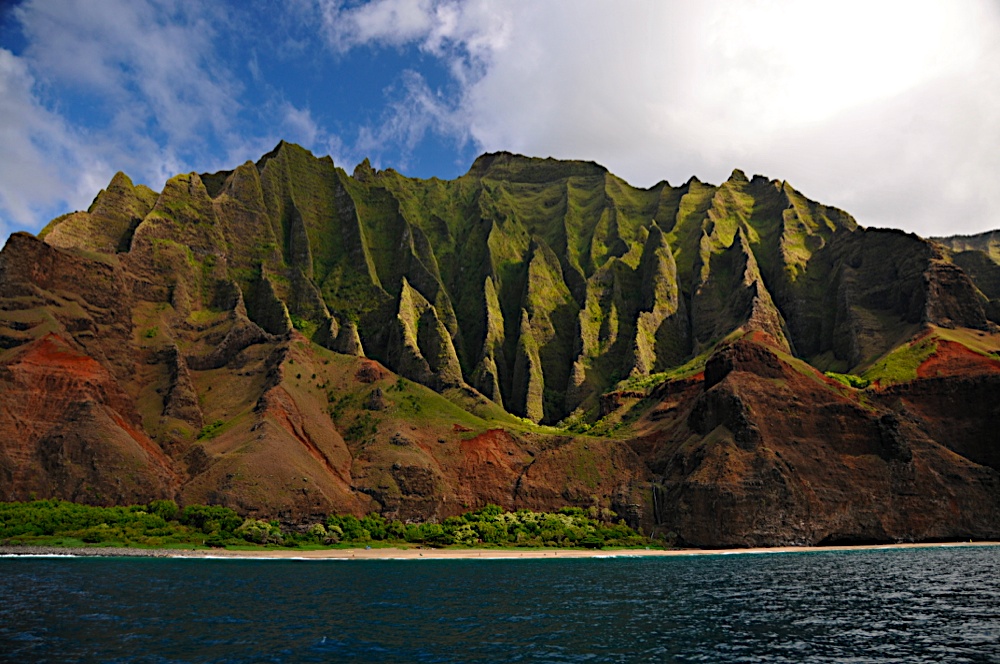Evolution of Hawaiian Volcanoes: New insights from Kaua‘i rocks

Dr. Nicole Williamson, who just graduated from EOAS this summer, has recently published a paper with her co-authors looking at changes in geological flavour across Kaua‘i. They found that the western and eastern parts of the volcano, which were mapped as a single rock unit, actually formed at different times.
Kaua‘i is the northernmost island of the Hawaiian Islands and is an interesting and unique Hawaiian volcano for a few reasons. For example, most Hawaiian volcanoes are arranged in geographic pairs – Mauna Loa and Kilauea on the big Island, Wai‘anae and Ko‘olau on O‘ahu – but Kaua‘i does not have a pair as far as we know. It is also a large volcano compared to most Hawaiian volcanoes and has an unusually large central caldera.

Dr. Nicole Williamson
From a geochemical perspective, the lavas erupted by Hawaiian volcanoes are usually dominated by one of two chemical flavours, which we call Loa and Kea after their largest representative volcanoes, Mauna Loa and Mauna Kea. Typically, geographically paired Hawaiian volcanoes will each erupt either Loa or Kea compositions – but not Kaua‘i! Kaua‘i actually erupts both compositions and they change from one to the other across the island (https://agupubs.onlinelibrary.wiley.com/doi/10.1029/2019GC008451).

Kaua'i (photo credit: Nicole Williamson)
For this current study (https://link.springer.com/article/10.1007/s00445-023-01649-w), Dr. Williamson and her team wanted to know whether the change in geochemical flavour across Kaua‘i is associated with time as well. Using a technique called argon geochronology, they dated samples that had previously been well-characterized for their chemical compositions. They found that the change in chemical composition across Kaua‘i is also associated with a change in the age of rocks across the island: the older rocks in western Kaua‘i are of the Kea flavour, whereas the younger rocks in eastern Kaua‘i are of the Loa flavour. An important outcome of this study is that previously, the lavas from west and east Kaua‘i were mapped as a single rock unit: this study suggests that they actually formed at different times and should be mapped separately.
From a big picture perspective, the Hawaiian volcanoes are formed from a heat anomaly in Earth’s interior called a mantle plume. The Hawaiian mantle plume is estimated to extend almost all the way to the Earth’s core, and studies such as this one help us on our mission to determine what exactly is melting beneath the Hawaiian volcanoes, its chemical composition, and how it is all linked to the Earth’s deep interior.